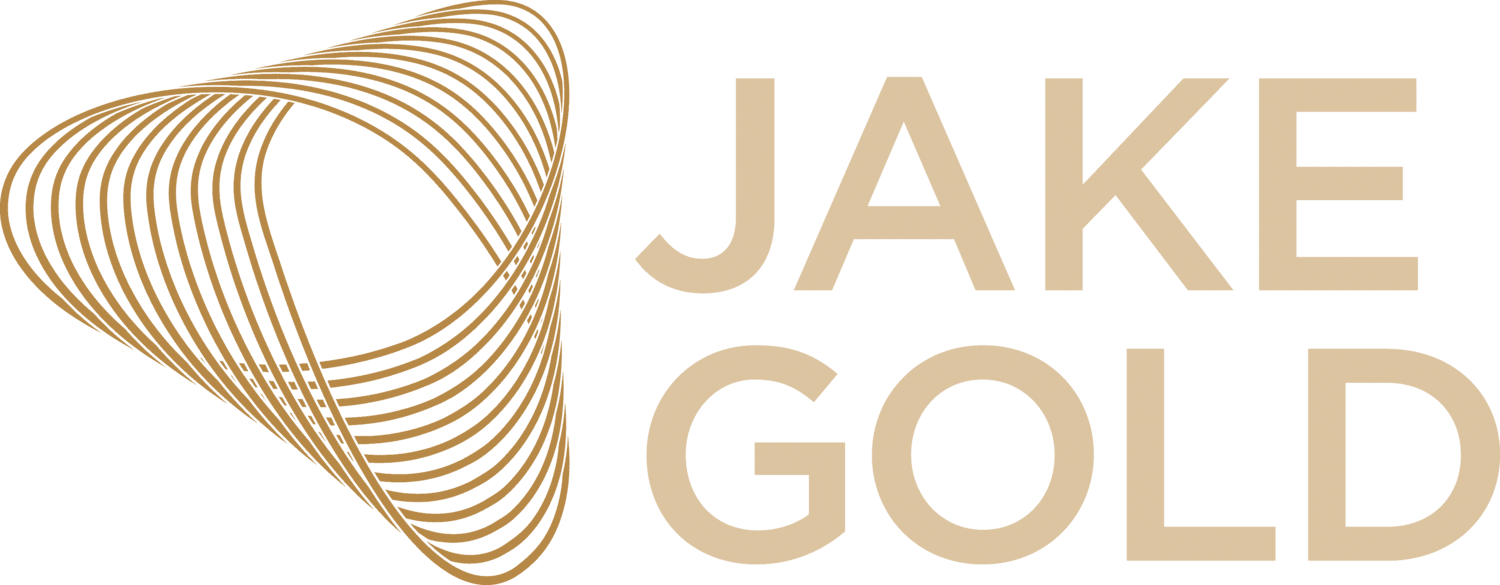Proprioception
You must know the scene, a ruddy faced driver gets pulled over by the police. Its the days before breathalysers so the cop gets him to perform some functional movement tasks to validate his ability to drive and therefore his soberness. He’s asked to walk an imaginary line heel to toe, then close his eyes and touch his nose from a horizontal outreached arm… he wobbles around, cue the comedy music.
These simple tasks are testing something called proprioception. It’s a fancy word for the mechanism that tells you where your legs and arms are at any time. Try it… lift your arm up into the air, close your eyes. As you move your arm around, little neural sensors attached to the muscle fibres informs the brain where the arm is at any given moment. Its a useful trick if you are an octopus hiding in a watery cave evading a shark, just as it is for a gymnast performing a triple back flip.
What is most interesting about the proprioception system is how it also communicates with the body’s emotional self. It’s how the emotional safety systems wired into the nervous system can be modulated by how we move, how we hold ourselves and the shape we make. And it’s one of the reasons why a good stretch settles the nervous system before sleep.
Try this experiment: In a seated position fold your arms, cross your legs and bring your head down towards your knees. While keeping this position in a loud clear voice say “right now, I’ve never been happier”. How did that feel? What happened when you tried to say the words? Most probably you laughed or giggled and it felt strange and incongruent.
That’s because it is incongruent. The proprioceptive information being generated from this shape of contraction is coded towards protection and staying still, and is most aligned emotionally with feeling low and depression.
Have you ever seen a tiger in a zoo? It’s a heart breaking proposition, not least for witnessing the slow mental breakdown that occurs when an apex predator like a big cat has its environment scaled down to what amounts to a large living room. The heart break shows up most because we know what that feels like… not just now at the time of writing, spring 2020, but more generally in how humanity spends more time sat in front of screen and less time moving within a natural environment.
So how can we stay physically and emotionally healthy in a confined space? Well, the answer may just be in the way proprioception works. The information fed from muscle fibres to the brain tell us the limitations of our environment and our bodies. Over time, and within the constraints of modern living, our muscles and therefore joints start to lose their full range of movement. This is really key, as we lose these full ranges, say, of our hips and legs, we no longer receive the proprioceptive information for that range. This means at a neuro-emotional level it becomes a blind spot. It’s a bit like losing some sight out of one eye; as far as the flight/fight system is concerned that patch may just be hiding a tiger behind it, meaning on some level that losing our full ranges of movement effects our ability to feel safe.
If you are so inclined, I’ve attached some links to the research that supports this theory below.
Be well, move, feel safe…
https://www.nature.com/articles/s41598-017-08721-4
https://journals.physiology.org/doi/pdf/10.1152/physrev.1979.59.4.919
https://physoc.onlinelibrary.wiley.com/doi/full/10.1113/jphysiol.2001.014316
